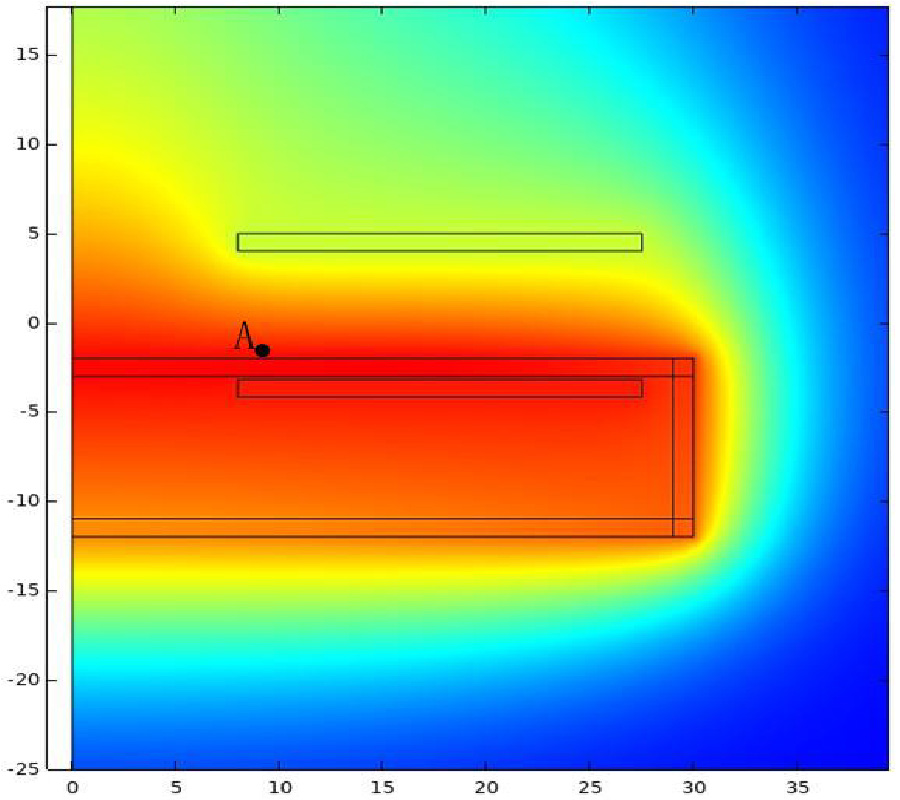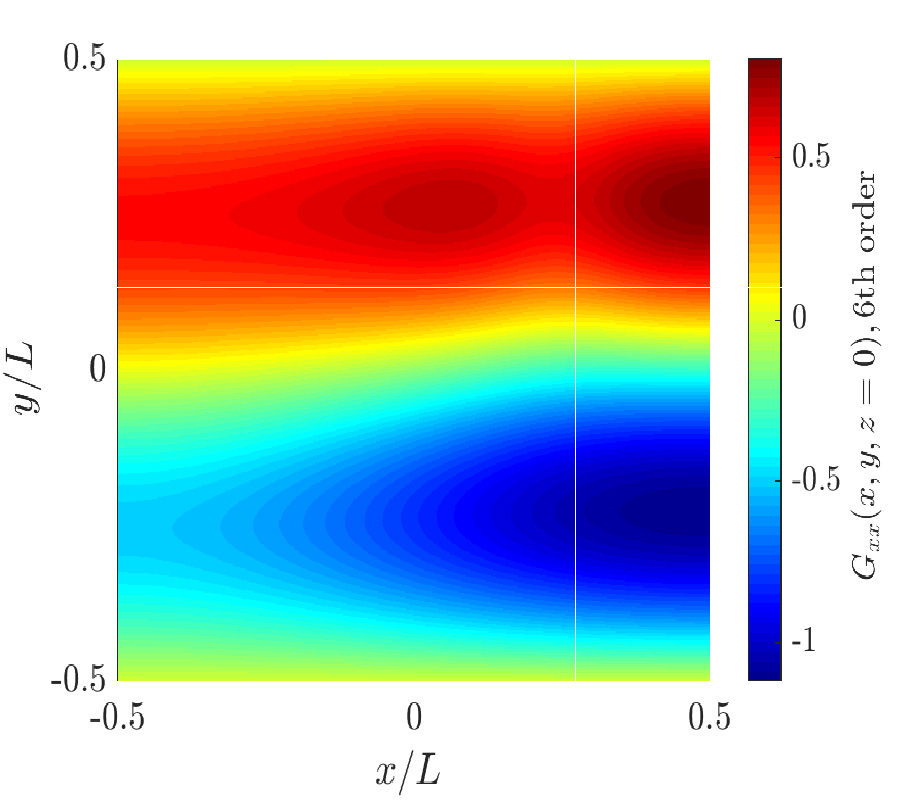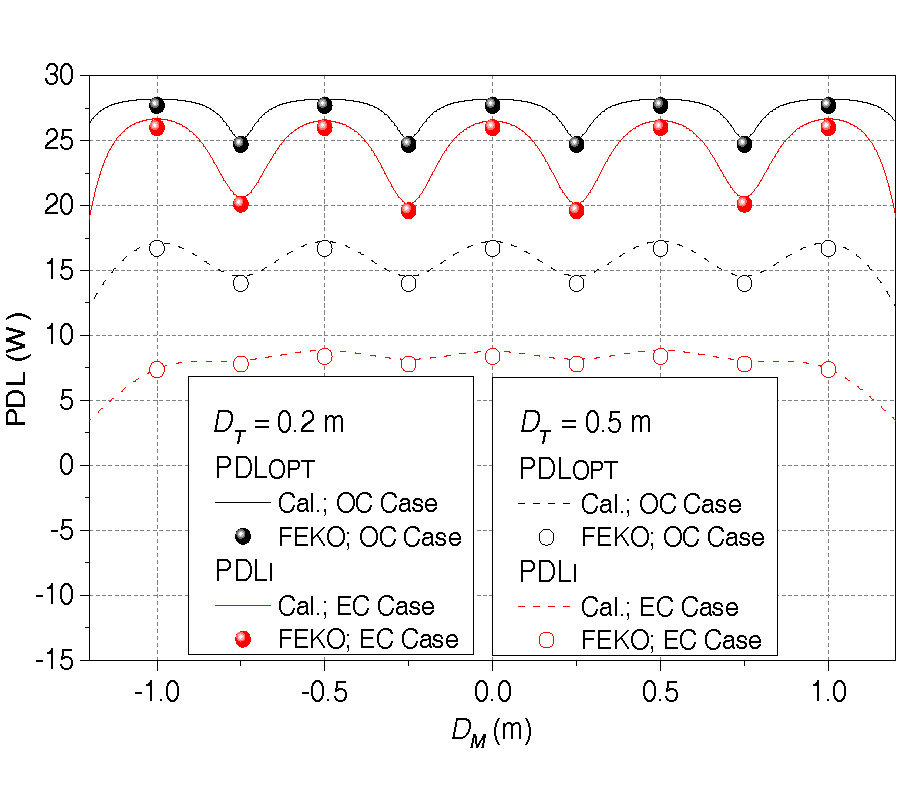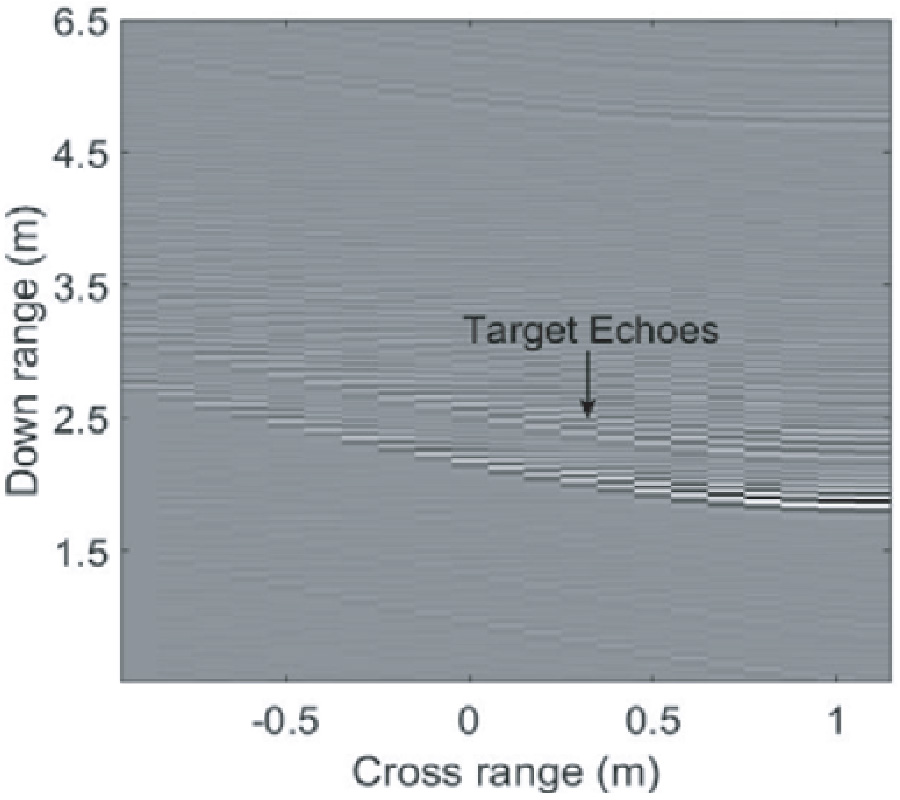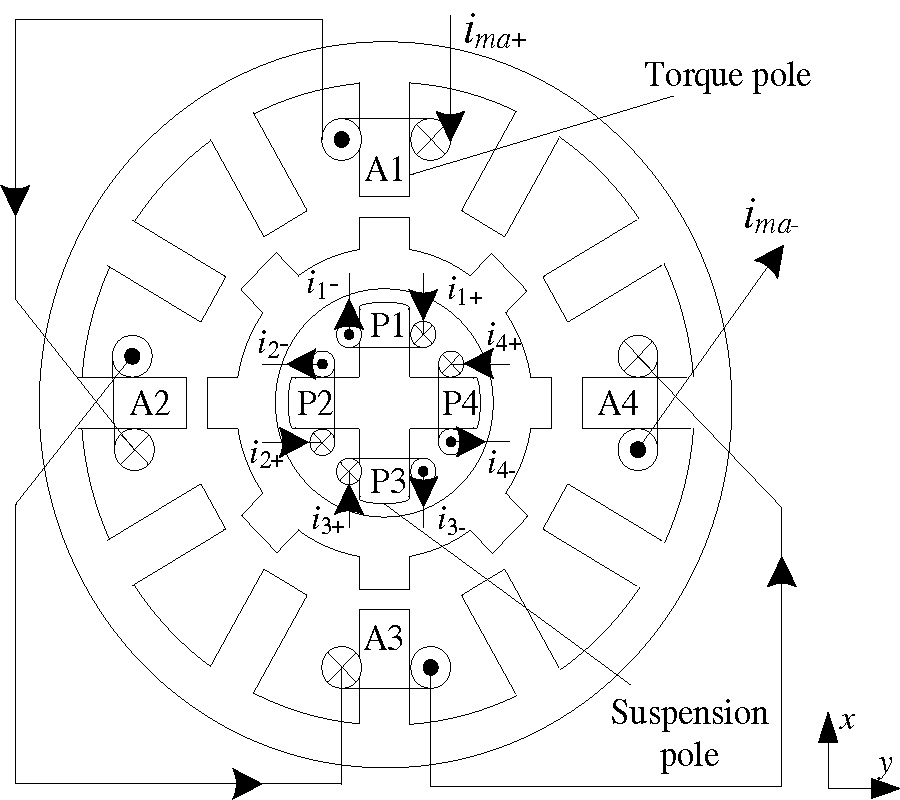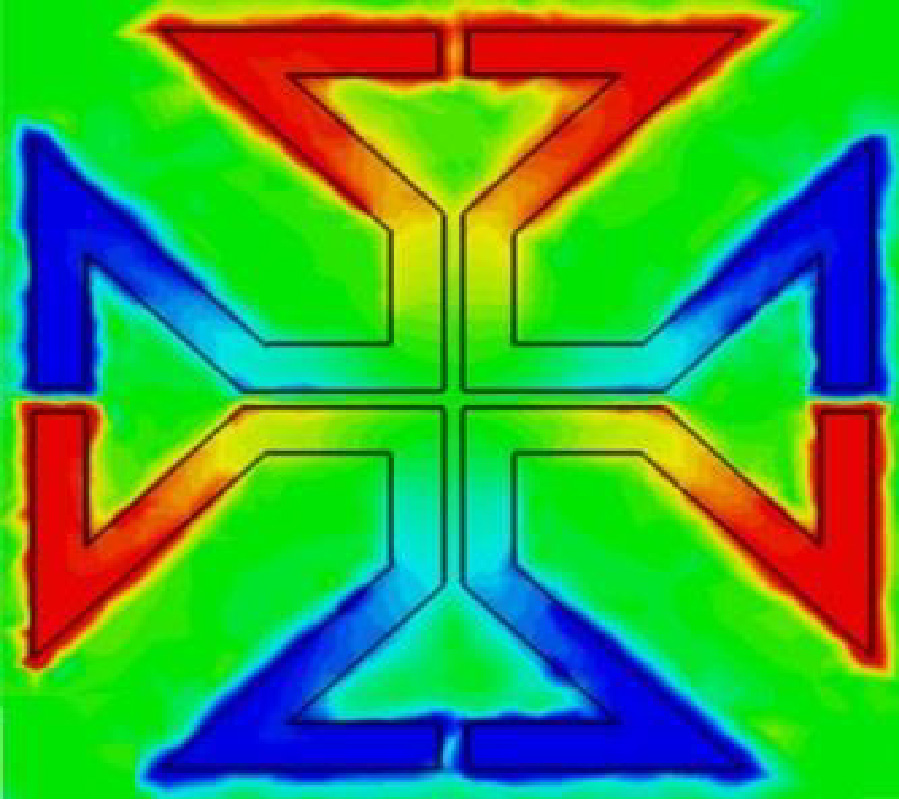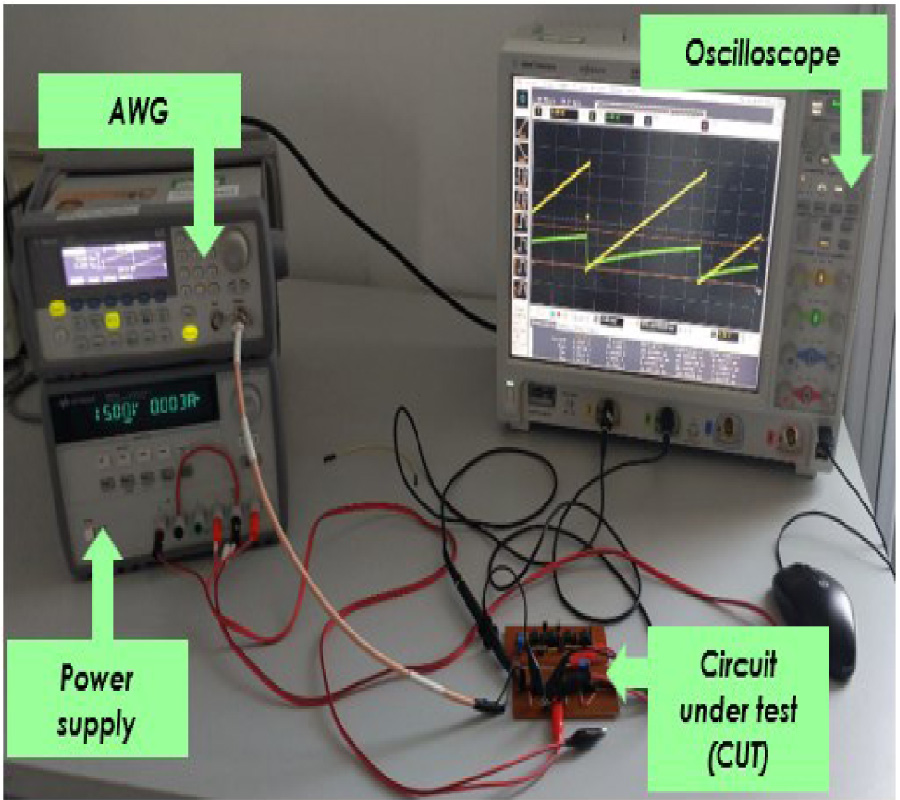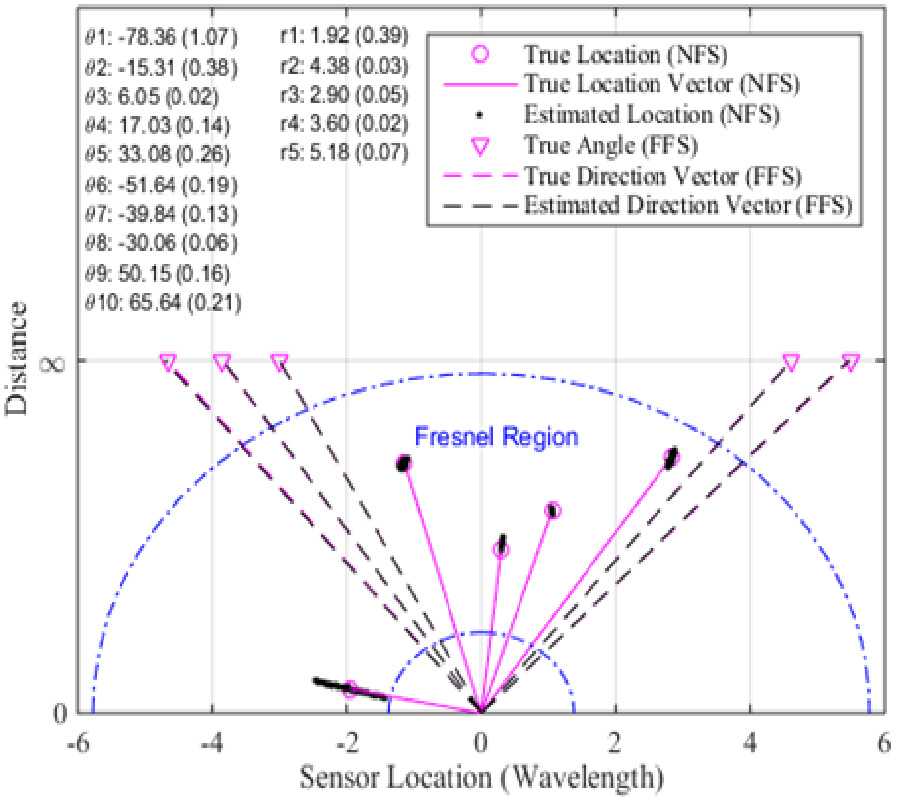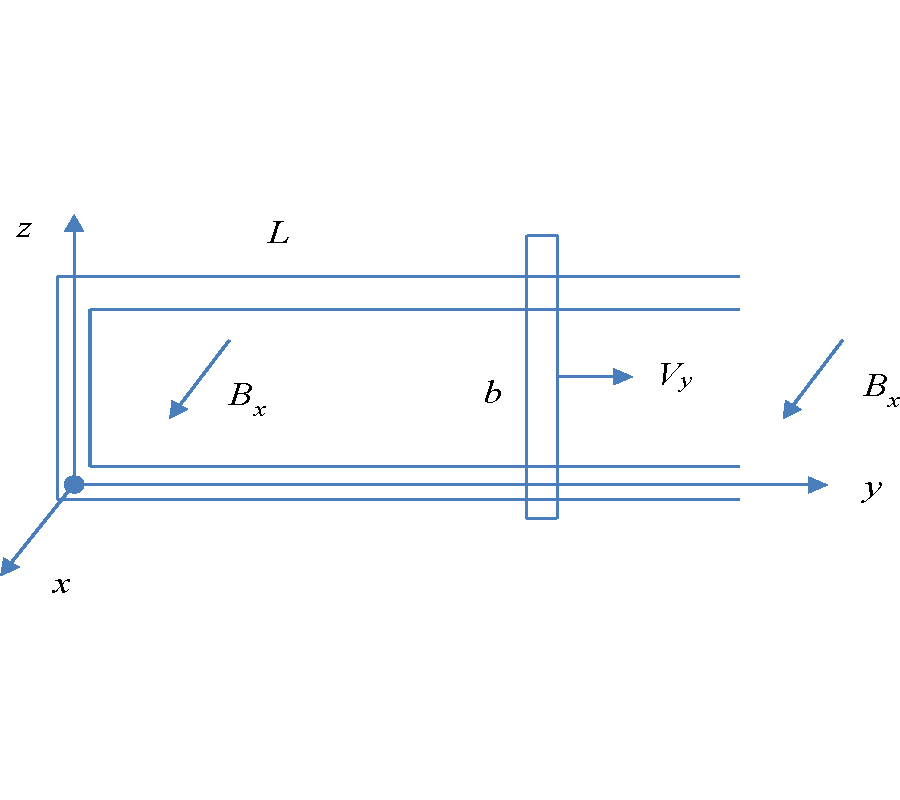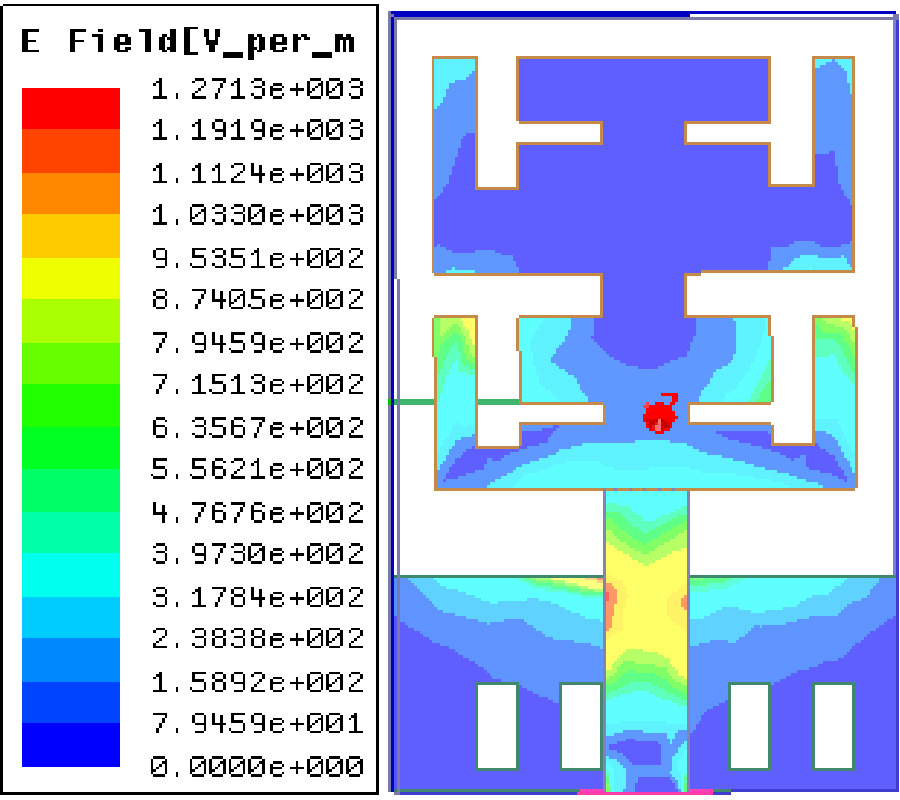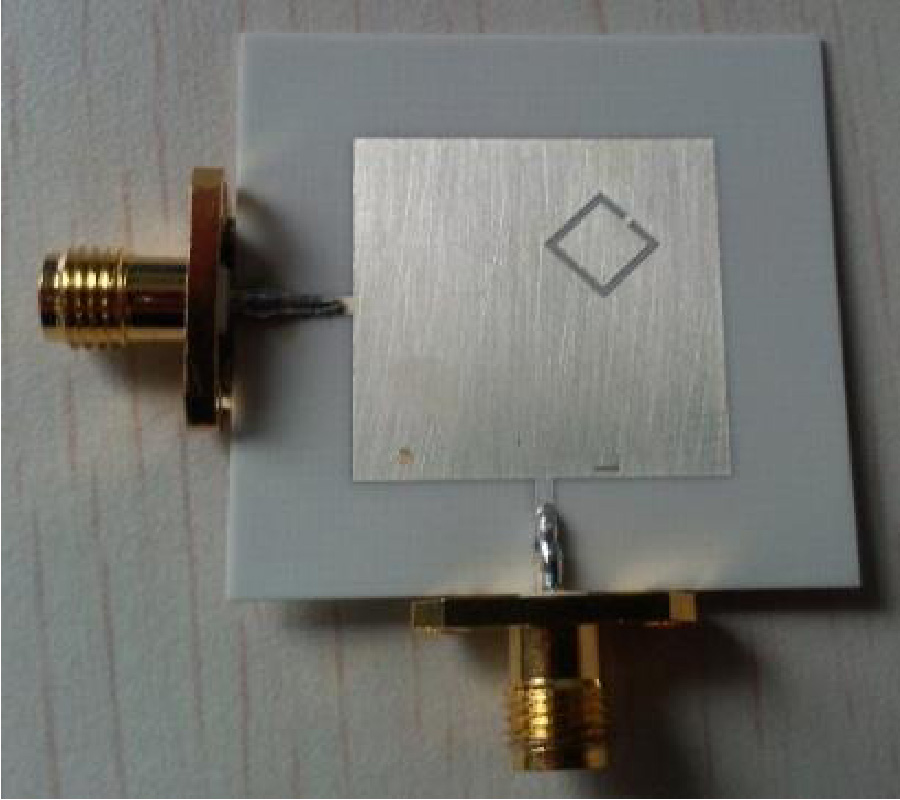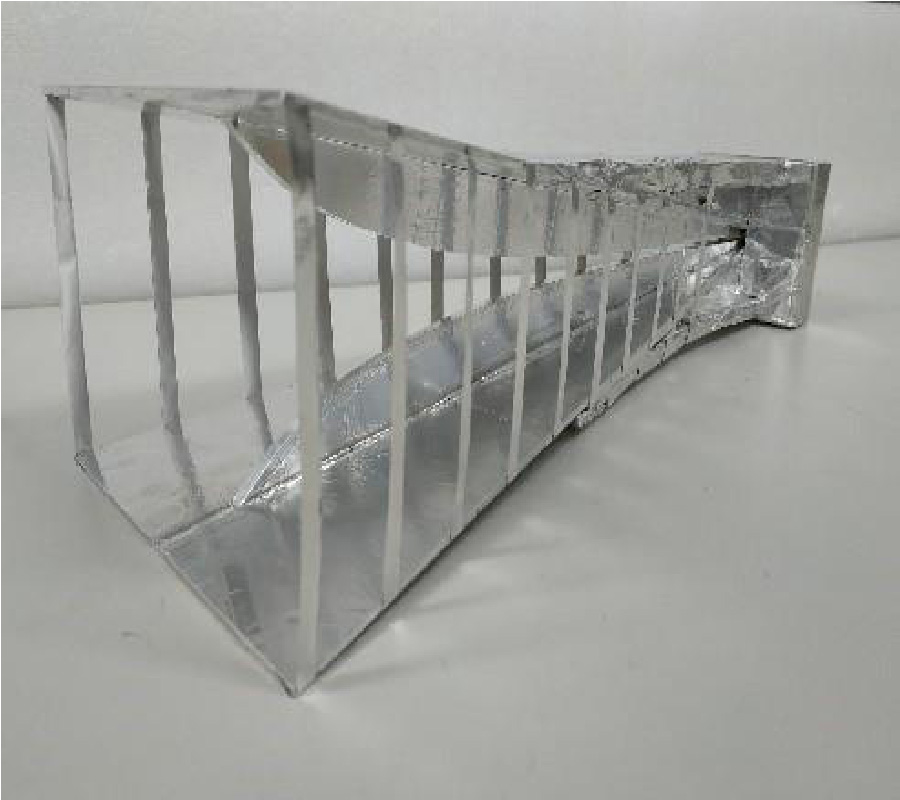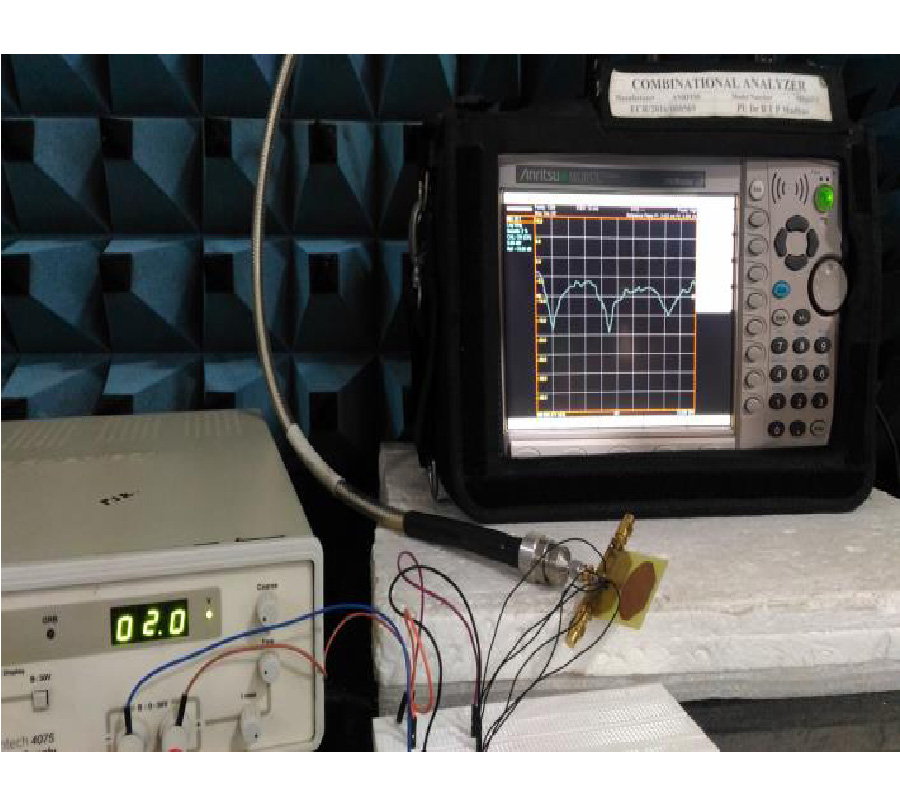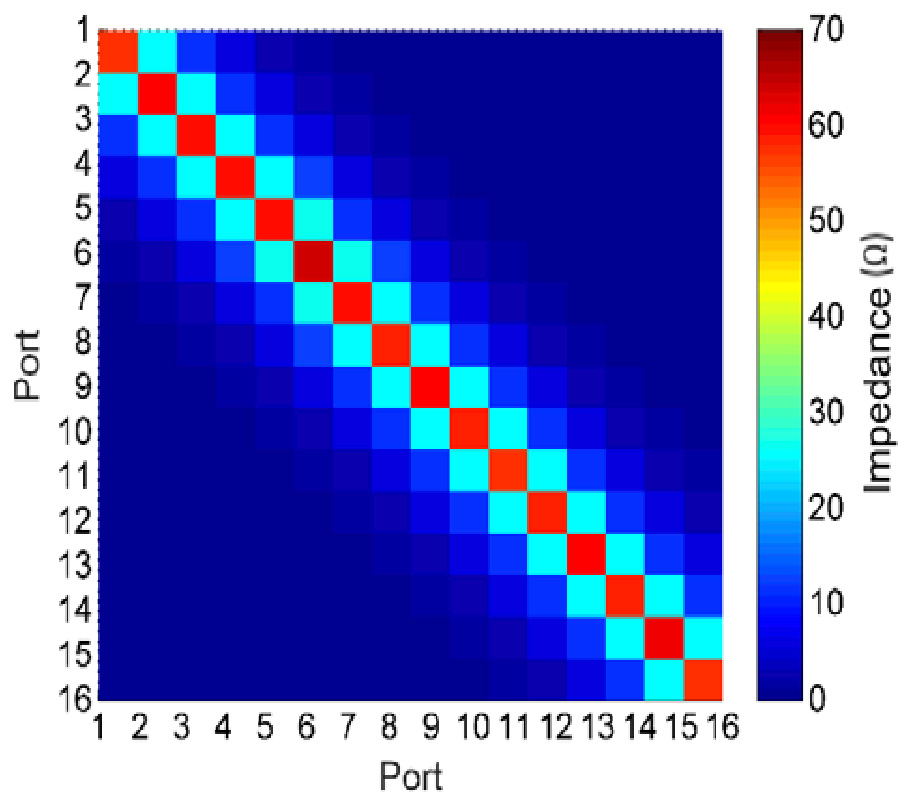The Temperature Field Analysis of the Implantable Medical Device Based on Fluid-Solid Coupling Conjugated Heat Transfer
Xiaoheng Yan
,
Fuyu Ling
,
Weihua Chen
and
Mingchen Cai
When an implantable medical device is in radio energy transmission, due to eddy current effect, the temperature of the device will rise, causing a safety risk. In order to study the distribution law of its temperature field, this paper adopts the analysis method of electromagnetic-thermal-fluid-solid multi-physics coupling, and establishes a two-dimensional transient equivalent model of an implantable medical device radio energy transmission system, adopting the analysis method of the electromagnetic-thermal-fluid-solid multi-field full coupling. Among these, electromagnetic heat is applied as the heat source, considering the influence of factors, such as heat conduction and convection. By means of simulated calculation, this paper acquired one-dimensional, two-dimensional and three-dimensional images, whose temperature and efficiency changed with frequency Moreover, their distribution laws are also obtained. In order to verify the correctness of the simulation, this paper conducts infrared temperature measurement experiments to prove the rationality of the analysis through comparing the simulation results. The research findings of this paper can provide a basis for the design of radio energy transmission system for the implantable medical device, improve the safety of implantable medical devices, and reduce the occurrence of medical accidents. Meanwhile, it has certain reference value to the clinical application of implantable medical devices.
